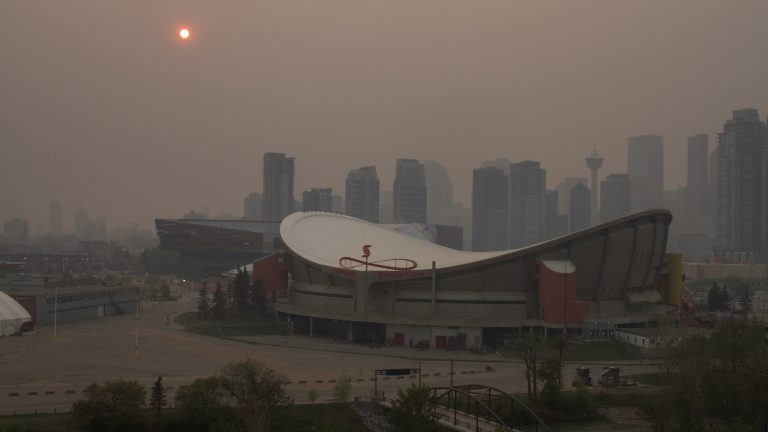Intense wildfires can threaten lives, destroy homes, worsen air quality hundreds of miles away, and contribute to global warming.
When trees and plants burn, they emit carbon dioxide and other climate-warming gases.
Kelly: “These emissions are going to have a pretty big impact on the climate.”
This is Douglas Kelley, a fire scientist at the UK Center for Ecology and Hydrology.
He said there were massive wildfires in Canada last year that swept through large tracts of forest.
In a recent study, Kelly and his team found that due to their size and intensity, these fires produce about nine times more carbon pollution than the average Canadian wildfire produces each year.
After a fire, some carbon is reabsorbed as trees and plants grow again. But when a fire is this large, far more material is released than can be reabsorbed.
Therefore, as the climate warms, a vicious cycle may occur. Climate change is bringing hotter, drier conditions that make violent fires more likely to occur. These extreme fires are in turn a growing source of carbon pollution…
Kelly: “That may actually be driving more climate change in the future, which may mean we see more of these fires as well.”
…putting forests and people at risk.
Report source: Sarah Kennedy/ChavoBart Digital Media
Only 28% of U.S. residents regularly hear about climate change in the media, but 77% want to know more. Help us bring climate news to more people.
